How the Korean War gave birth to the CIA’s first paramilitary unit
- By Travis Pike
Share This Article
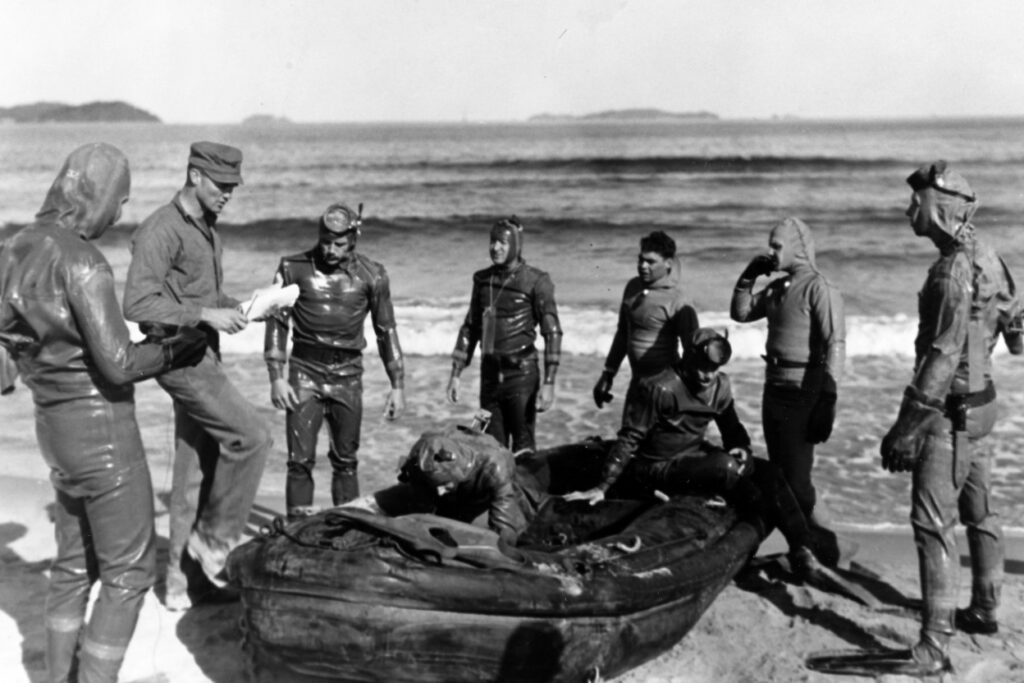
This little-known story from the Korean War has a bit of everything – action, excitement, special operations troops, the CIA, and more. It all started the day North Korea invaded South Korea. The invasion took both General MacArthur and the newly formed CIA by surprise, neither of whom had any strategic or tactical warfare plans for the Peninsula.
MacArthur famously disliked civilian agencies working in his theater. He had stonewalled the OSS during World War II in the Pacific and didn’t want a bunch of spies in suits setting up shop in Korea. However, the CIA had a line of agents working in North Korea and was a valuable source of information. It helped that several members of the CIA had come from the Army that fought in World War II. With MacArthur’s blessing, the CIA sent George Aurell to aid in the war through paramilitary and special operations efforts.
Still, the situation between MacArthur and the CIA was tense, and it wasn’t until CIA director and retired Army General Walther Bedell Smith – who had been MacArthur’s chief of staff at one point – came to Tokyo that the schism was healed. The two hammered out the CIA’s purview and came to an agreement: MacArthur wouldn’t interfere with the Agency if it established an Escape and Evasion plan for downed United Nations pilots.
The CIA’s plans
The CIA wanted to launch paramilitary operations inside Korea and use local Koreans as guerilla forces. They would train them to harass and fight the enemy, as well as help smuggle and protect the CIA’s ratlines used for rescuing downed pilots. Along the way, they actively recruited military veterans with special operations experience from World War II.
Marine Major Vincent Kramer was detailed to the CIA and was the architect behind the Escape and Evasion plan for down pilots. He was also in charge of recruiting special operations veterans from the military to train the guerillas; the trainers included UDT divers, OSS operators, Para Marines, and Marine Raiders who had returned to regular units after World War II.
The theater’s only official special operations team was Underwater Demolition Team 3 (UDT-3) in Japan which was mapping out sunken Japanese warships from World War II. While Kramer’s goal was to find guerilla trainers, Vice Admiral Turner Joy proposed using a small amphibious raiding unit to harass North Korea by attacking coastal supply lines. The CIA liked the idea, and a team from UDT-3 led by Lieutenant Junior Grade (LTJG) George C. Atcheson was recruited.
Related: Unit 684 – The South Korean suicide squad with the tragic history
The first mission
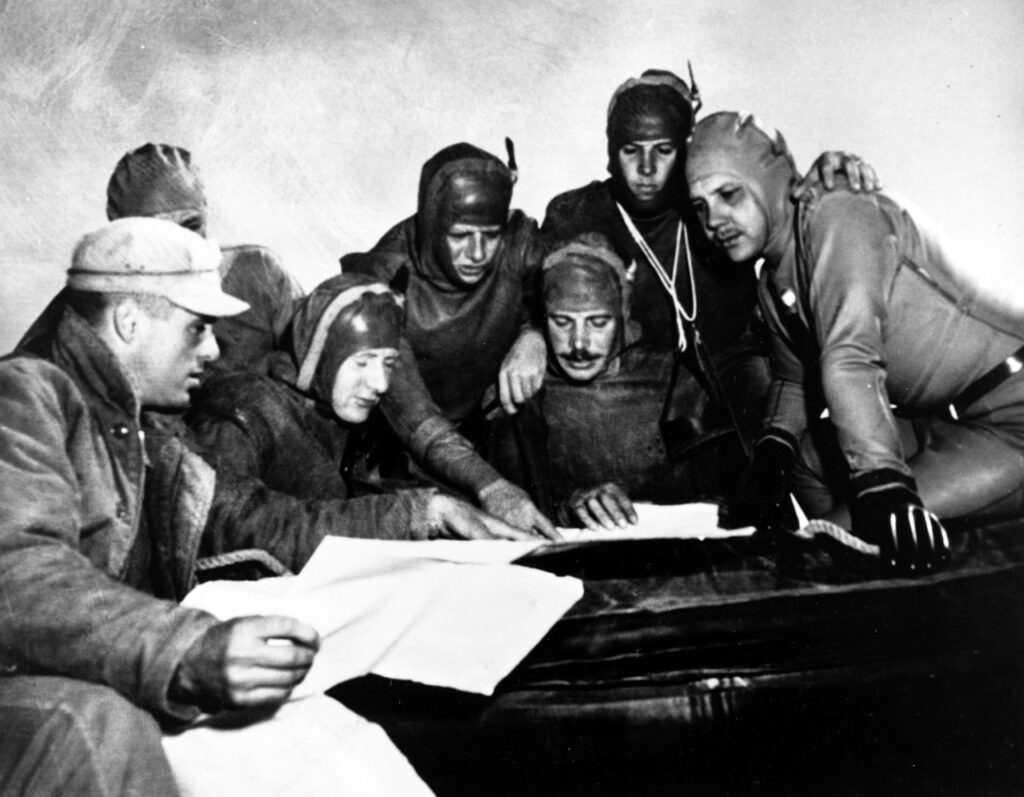
For their first mission, the team had to insert via boats and blow up a bridge. The mission would likely involve ground combat, something the UDT men weren’t experienced with. This showed when they were handed Thompson’s upon arriving at the destroyer Dianchenko off the coast of Korea.
“Most of us had not fired a weapon since boot camp. Our assigned weapon was a diver’s knife. We got a thorough class in assembly, disassembly, and maintenance before spending a few hours on the fantail shooting at inflatable marker buoys,” recalled Seaman First Class Phillip E. Carrico.
The men took a Higgins boat from the Dianchenko to reach the coast and then switched to an RB-10 rubber boat. Atcheson and a Sailor named Foley acted as scout swimmers and reconned the beach before the boats landed. Atcheson ditched his Thompson for the swim and opted for just his handgun.
The beach the two men landed on wasn’t much more than a rocky embankment near a railroad. Foley went back to retrieve the rest of the team as Atcheson scouted. As the rest of the team landed, they realized the moon silhouetted their Higgins boat and the Dianchenko. This had caused an enemy patrol on a rail handcar to arrive on the scene shortly after they landed.
Foley charged forward to aid Atcheson, but Atcheson mistook him for an enemy and fired at him but missed. However, Holey was hit twice by North Koreans and became the first American Navy casualty of the war but did live and earned a Silver Star for his actions. Atcheson was nearly shot by friendly fire as he leaned over the embankment to address his team.
After retrieving their wounded comrade, the men evacuated. The mission was a failure, but the CIA wasn’t deterred and went back to the drawing board and revamped their new paramilitary raiding force.
Call the Marines
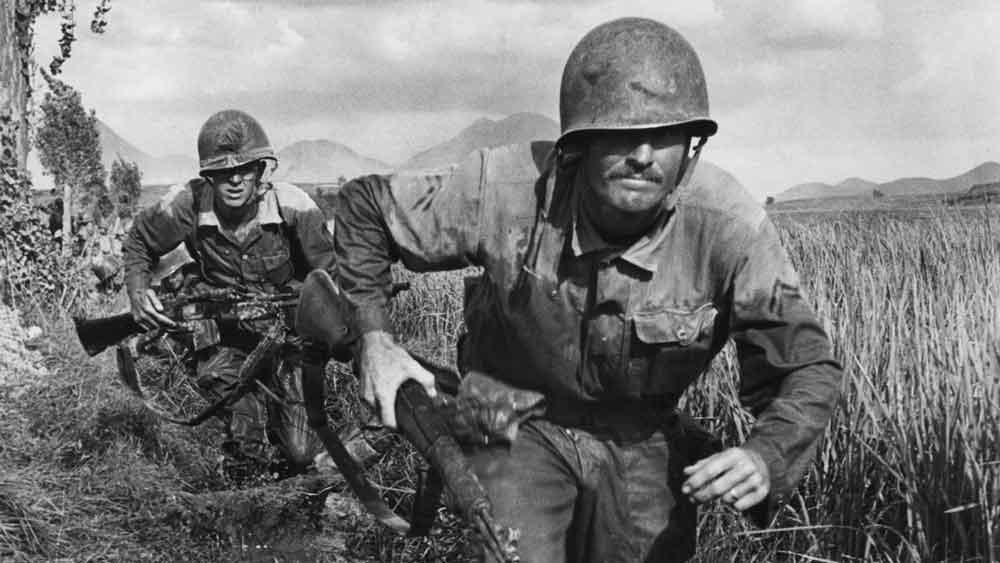
Days after the first failure, the Navy and CIA, with the assistance of the Marine Corps – the nation’s primary amphibious force – assembled a new raid party. While the original team was comprised of 10 men, the next one would consist of 25 UDT frogmen and 16 Marines.
The division of labor was simple: the UDT team would handle demolitions; and the Marines security. LTJG Atcheson maintained his leadership over the UDT Team and Major Edward Dupras Jr., a Marine Raider veteran, led the Marines. Dupras was teaching the Army amphibious tactics in Japan. He was perfect for the role and had the necessary experience. The Marines came from the Marine’s elite 1st Marine Division Recon company.
Dupras took the UDT team and the Marines and worked to meld them into a singular fighting force – he didn’t need Sailors and Marines; he needed raiders.
The birth of the Special Operations Group
The team became known as the Special Operations Group. Its main goal was to help destroy resupply efforts, so it targeted bridges. SOG’s first combined force raid hit a railway on Korea’s eastern coastline. Between August 12 and 15, 1950, it launched three demolition missions against the railway and destroyed three bridges.
The Marines secured beaches and provided security as the UDT frogmen dropped Mark-135 demolition packs. Major Dupras said, “The hardest part of my job was continually to impress the boys that our job was demolition, not fighting. If possible, we tried to avoid any firefights. If there was any interference, or if our party was detected, we withdrew and hit ’em someplace else.”
Their attempts to destroy train tunnels weren’t as successful as tunnels proved to be too tough to destroy, but the raid team did derail a train and destroy a train car full of ammo for which mission, LTJG Atcheson received a Silver Star.
The team also reconned beaches. During one beach recon, it became overwhelmed with fire. After their rubber boats were shot to pieces, the UDT men aided the Marines in their evacuation as the Marines simply couldn’t swim like the frogmen.
The end of the CIA SOG team
For its efforts, SOG received a Navy Unit Citation, and the commander of the Far East Air Forces sent a letter of congratulations to Rear Admiral Joy noting, “The damage reported resulting from the raids conducted is an excellent testimonial to the ability and the high state of training of the units involved.”
While the CIA’s first paramilitary force proved successful, it was disbanded at the end of August and the men went back to their respective units. UDT elements continued to work with the CIA and helped develop a Special Missions Group with native Korean forces. LTJG Atcheson stuck around and became the leader of that group.
As the UDT teams developed into the Navy SEALs raids like the ones conducted by SOG highlighted a need to teach Sailors ground warfare. SOG also demonstrated that the CIA could create a paramilitary force for special operations.
This small unit operated for less than a month, but was a building block for modern special operations.
Feature Image: UDT men in Korea. (Creative Commons)
Read more from Sandboxx News
- This is why the Colt M1903 was the pistol of choice of the OSS
- Russia can’t conduct maneuver warfare – and this is costing it a lot
- ‘Send me’ – 31 years after the Battle of Mogadishu
- Army’s future helicopters could be more autonomous and launch their own drones
- The Air Force’s 24th Special Tactics Squadron is an elite special operations unit like no other
Related Posts
Sandboxx News Merch
-

‘AirPower’ Classic Hoodie
$46.00 – $48.00 Select options This product has multiple variants. The options may be chosen on the product page -

‘Sandboxx News’ Trucker Cap
$27.00 Select options This product has multiple variants. The options may be chosen on the product page -

‘Sandboxx News’ Dad Hat
$27.00 Select options This product has multiple variants. The options may be chosen on the product page

Travis Pike
Travis Pike is a former Marine Machine gunner who served with 2nd Bn 2nd Marines for 5 years. He deployed in 2009 to Afghanistan and again in 2011 with the 22nd MEU(SOC) during a record-setting 11 months at sea. He’s trained with the Romanian Army, the Spanish Marines, the Emirate Marines, and the Afghan National Army. He serves as an NRA certified pistol instructor and teaches concealed carry classes.
Related to: Military History, Special Operations
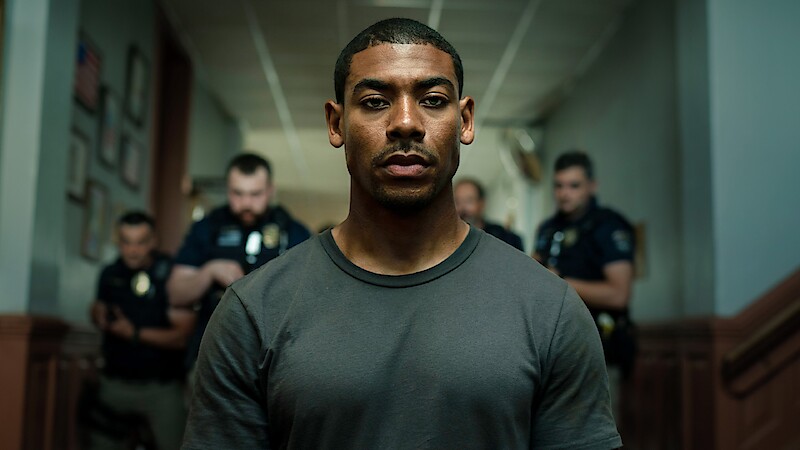
What does a Marine veteran think of Netflix’s ‘Rebel Ridge’?
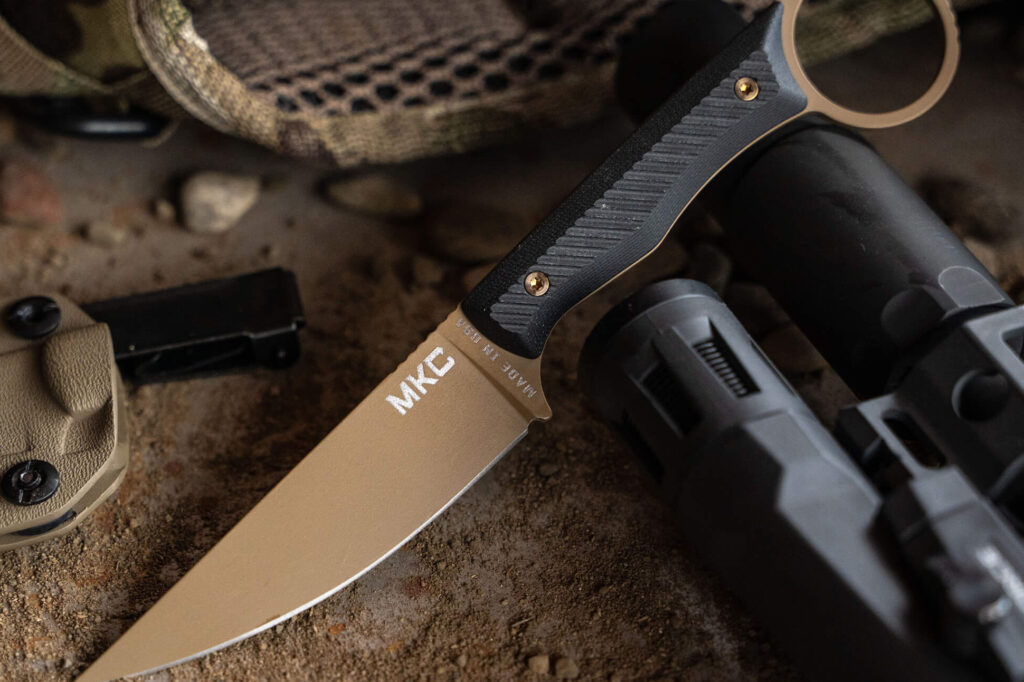
Montana Knife Company enters the tactical knife realm
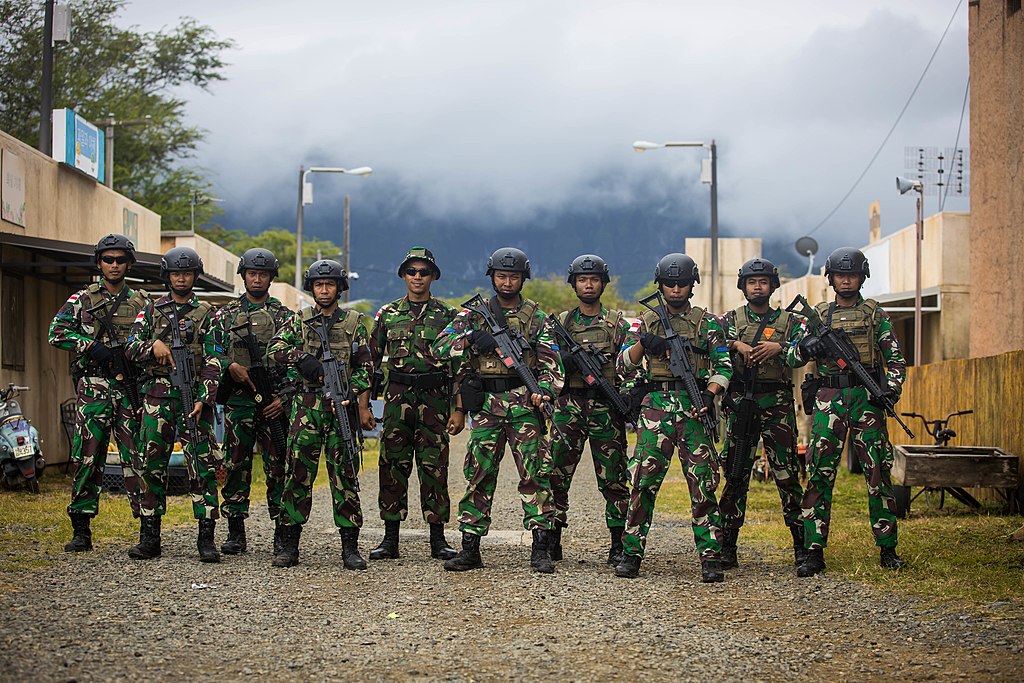
Indonesia’s Pindad SS2 – Service rifles from around the world

Semper Fi: The Marine Corps is turning 249 years old. Let’s talk about its birthday celebrations
Sandboxx News
-

‘Sandboxx News’ Trucker Cap
$27.00 Select options This product has multiple variants. The options may be chosen on the product page -

‘AirPower’ Classic Hoodie
$46.00 – $48.00 Select options This product has multiple variants. The options may be chosen on the product page -

‘AirPower’ Golf Rope Hat
$31.00 Select options This product has multiple variants. The options may be chosen on the product page -

‘Sandboxx News’ Dad Hat
$27.00 Select options This product has multiple variants. The options may be chosen on the product page
